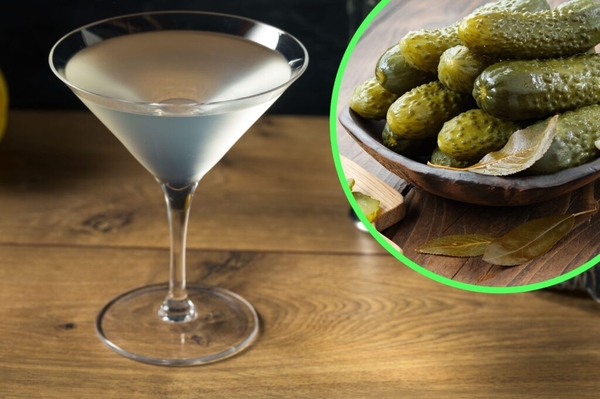Uncategorised
This art show is built entirely out of potatoes
11 May 2018
4m

Potatoes are probably the least inspiring of all vegetables. Dull, dirty and generally drab, it’s difficult to picture anyone feeling particularly strongly about a food that is accepted as mostly filler, no killer. Apart from a very few exceptions, potatoes are always the prelude before the main event. Roast spuds may be great, but they pale in comparison to a juicy joint of meat. No one ever gets fried chicken for the starchy side dish. However, despite our general sense of apathy towards the oft neglected tuber, one man is determined to see that potatoes get the respect they deserve.
Jeffrey Allen Price is a man on a mission. A professor of art history at Hofstra University in New York, Price has built a reputation both as a teacher and an artist around his love of potatoes. Where some see ugly brown lumps, he sees inspiration. Motivated and moved, in part, by the potato’s presence in art throughout history – including famous works such as Van Gogh’s “The Potato Eaters” – Price has assembled what is believed to be the largest known collection of potato-based craft anywhere on earth.
To describe Price as potato-mad would be an insult and an understatement. Over the years, he has acquired potato paintings, sculptures and sketches, ranging from the minute to the magnificent. Alongside artwork, Price has gathered toys, books and even snacks that show off this most versatile of ingredients. He is also a composer of potato-based music, and his band “potatotron” have an EP of potato-themed tracks available for free on Soundcloud. Their work includes the tracks “Viva la Potato” and “(We are Potatoes and We) Control Your Brain”.
As the founder of the internationally regarded “Think Potato Institute”, Price is responsible for bringing together any and all artists who reference the food in their work. This includes other songwriters, authors and event organisers – all of whom are unified by the mighty spud. The result is a vast collection of over 5,000 individual pieces of memorabilia that Price personally maintains and manages in his spare time. All are helping to put the potato back on the map.
 Potato art exhibition
Potato art exhibition
Throughout his career, Price has curated a number of low key events that exhibit the many forms of the potato. However, his latest show is perhaps his most ambitious yet. Entitled “Potasia: Potatoism in The East”, the event showcases work from Asian artists in an “insightful and entertaining survey of artworks with the potato as their central subject matter.” Held at the Charles B. Wang Centre at Stony Brook University in New York, the exhibition features “a wide spectrum of potatoes, in all manner of genres and situations – from the fantastical to the realistic, and from the comedic to the serious.” For any potato fan, this is an event not to be missed.
The new show’s focus on Asia is no coincidence. According to Price’s co-curator for the event and Centre Director for Cultural Programmes Jinyoung Jin, the potato is a vegetable full of symbolic meaning for many Asians to this day. In North Korea, for instance, where it continues to play a vital dietary role, the potato was widely regarded as an inferior substitute for rice and was synonymous with poverty and misery. Other cultures emphasise the plant’s poisonous qualities as a member of the nightshade family. While we may have a very nonchalant attitude towards potatoes, one look at Potasia shows how divisive they can be.
Potasia features pieces of Communist propaganda – either extolling or lambasting the virtues of the potato – alongside more contemporary works such as Seongmin Ahn’s “Multifaceted Potato”. So varied is Price’s collection that the new event manages to successfully gives visitors a real sense of the scale of potato-based art in little more than 100 objects. Each piece provides an informative, tongue-in-cheek perspective on an overlooked food source. There are works that use the vegetable as a means to symbolise authoritarian oppression in 20th century Russia alongside Kpop icons with their heads replaced with potatoes. As a way to get your head around an entirely alien potato history, there’s nowhere better to turn.
Given the admittedly niche interest in an event of this nature, the show will only be available for a limited run. Visitors are welcome until the 15th of June this year, and Price has laid on an array of potato-based activities to give the exhibition a broader appeal. Alongside the art, there will be opportunities for potato printing, crocheting, and stamp making, as well as the chance to be featured on Price’s new potato-themed podcast with your personal potato story. It might seem strange to some that an object as banal as a potato can attract so much attention. One look at the new exhibition is all you need to know that this is far from the truth.


